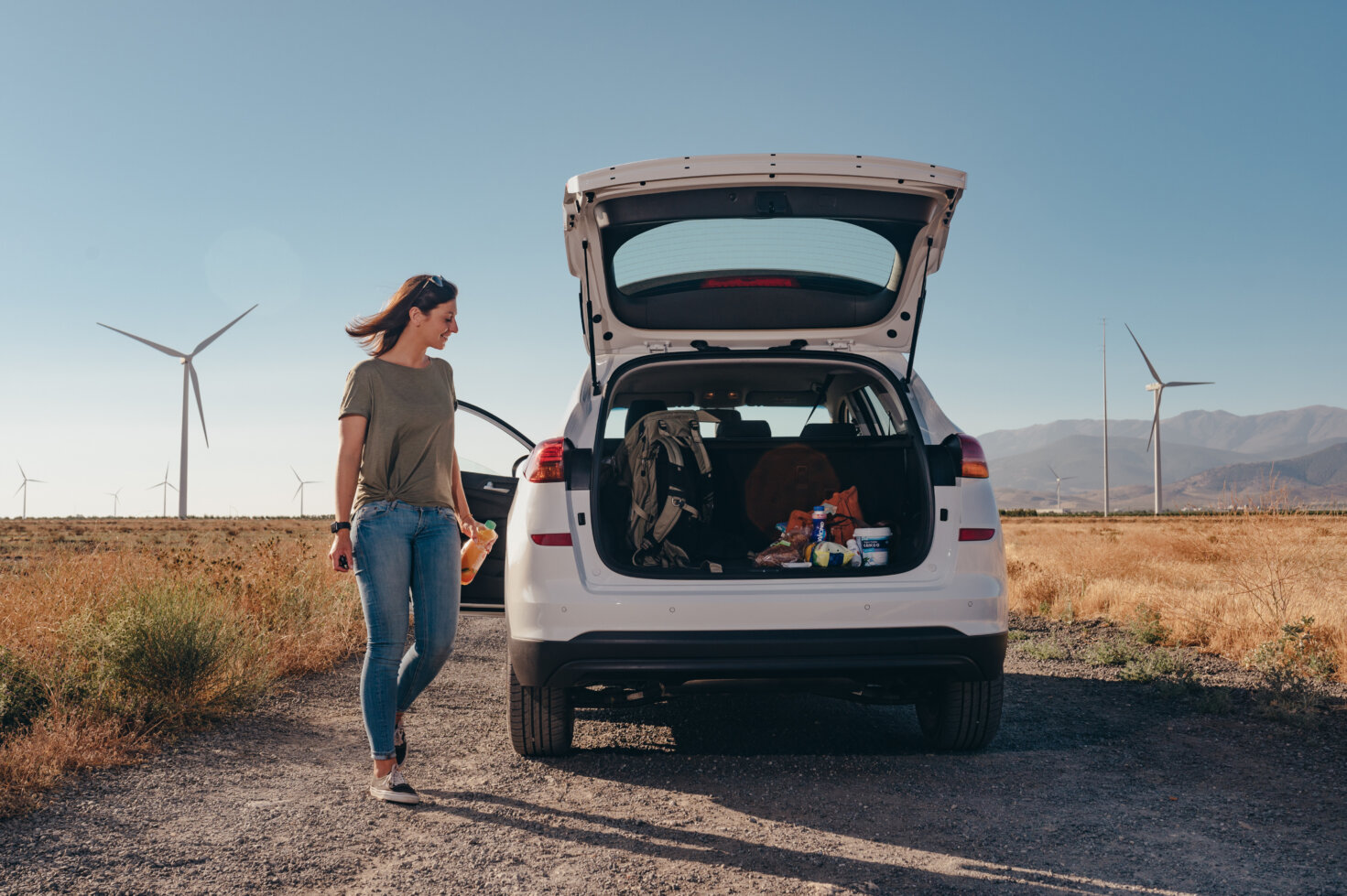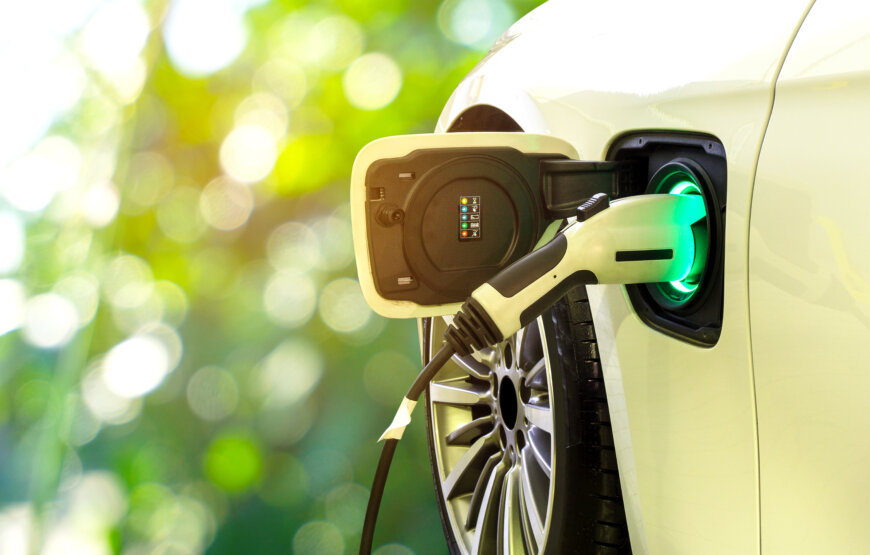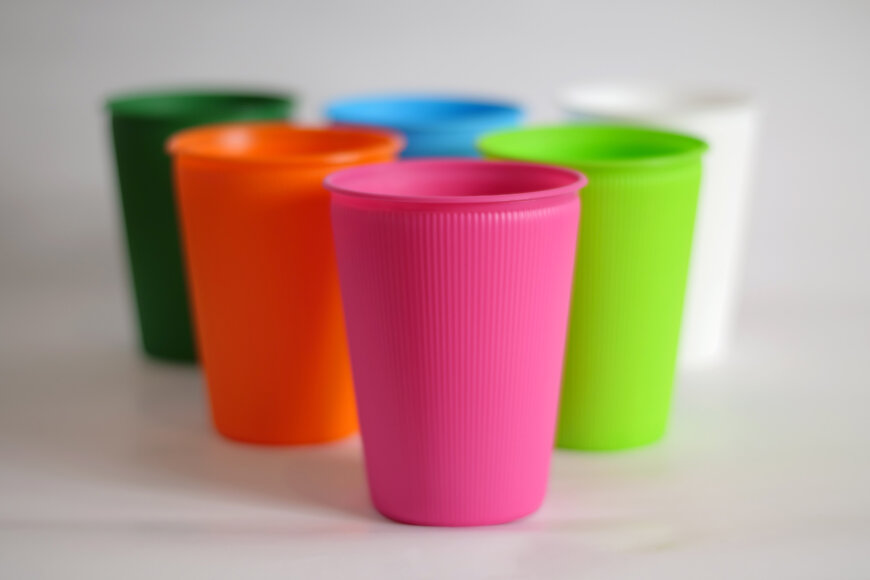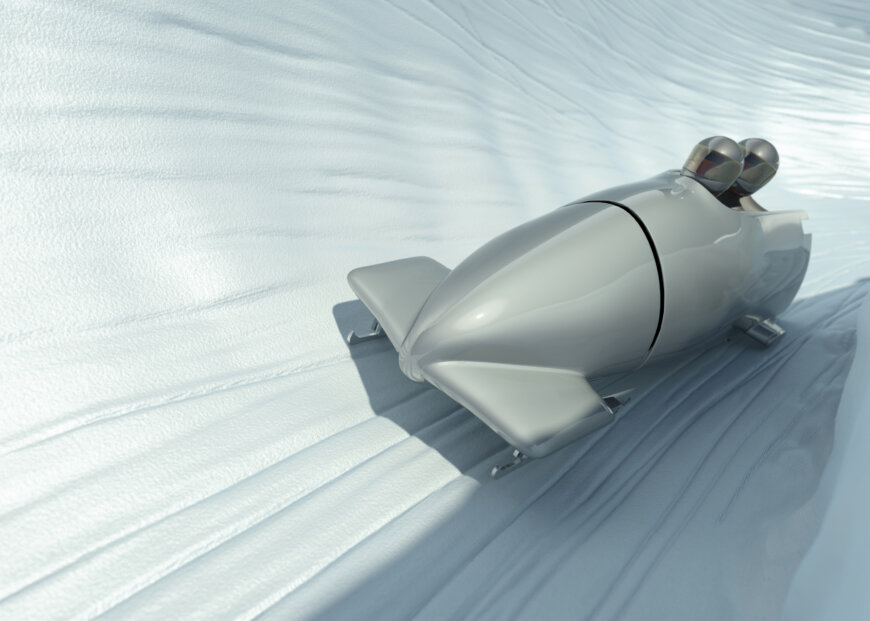Design for Eco-Efficiency
In a world of finite resources and excessive consumption, designing for eco-efficiency is the first step to securing a positive future

Transforming Resource Management: Eco-Efficiency Starts with Design
We are currently experiencing significant resource consumption characterized by a linear "take, make, and dispose" approach. To prevent more severe consequences resulting from unsustainable resource management, swift and intentional action is crucial. The starting point for addressing this issue is the initial phase of the process: the design stage.
Designing for eco-efficiency involves optimizing resource use without compromising quality, safety, or performance throughout an extended product lifespan. This entails selecting appropriate components, sourcing sustainable energy for production, and collaborating with end-users to ensure the product maintains its value over time.
At Borealis, we embrace the idea that a positive transformation in the use of plastics starts with thoughtful design. This commitment drives us to fundamentally reconsider our production processes and strive for innovative solutions that contribute to a more efficient and healthier planet.
How Does It Work?
We drive eco-efficiency through innovative product designs and solutions that optimize sustainability across our value chain. Explore real-life examples of how we reduce environmental impact, improve resource efficiency, and enhance our value chain with eco-efficient practices.
-
Downgauging / Thickness Reduction
Downgauging is the reduction of gauge or thickness to reduce material usage while maintaining the desired functionality and performance.
To see downgauging in action, check out our BorShape™-based flexible packaging solutions.

-
Fuel Efficiency
Fuel efficiency entails optimizing performance while minimizing fuel consumption. This can be achieved through various strategies, such as reducing weight, enhancing material quality, and implementing intelligent design.
To see how we leverage fuel efficiency to revolutionize the mobility industry, take a look at our Mobility page.

-
Thickness Reduction
Thickness reduction involves the practice of decreasing the thickness of components, aiming to use fewer raw materials in a more resource-conscious manner.
For an example of the effects of thickness reduction in end-products, see our page on thermoforming and Borstar Nucleation Technology.

-
Material Reduction
Our broad portfolio of resins, developed using proprietary technology and tailored for ultra-lightweight foam applications, delivers superior performance and increased efficiency with less raw materials. Find out more about how we use foaming to reach our sustainability goals on our foam solutions page.

-
Lightweighting
Lightweighting involves the reduction of a component's weight without compromising quality or performance, thereby utilizing fewer resources in both production and the subsequent application of the component.
For an example of how lightweighting helps us provide the ideal low-cost, resource-efficient, and highperforming solutions, see our page on Mobility exterior solutions.

-
Energy Efficiency
Energy efficiency involves achieving the same result with less energy consumption, leading to cost savings in production and a diminished environmental footprint.
Learn how our commitment to energy efficiency helps our customers reduce their carbon footprint by providing materials, such as Borstar and Borstar Nucleation Technology enhanced products, that enable them to save energy.
Learn more about energy-efficient solutions on our small appliances page.
